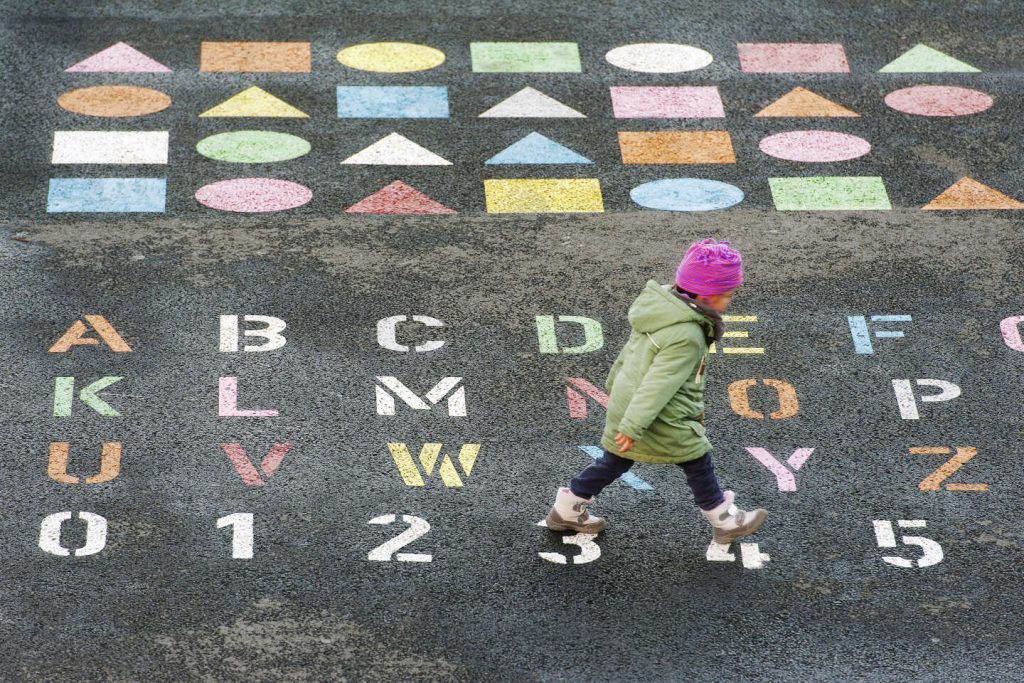In March 2020, at the dawn of the lockdown, an appeal was made in the columns of Le Monde to rethink our urban and territorial model. Four years later, the Covid-19 pandemic acted as a catalyst, forcing a profound reevaluation of our patterns of life, especially concerning urban planning. The pandemic has highlighted the urgent need for increased access to services and infrastructure, whether in urban or rural areas. In this context, the concept of the “fifteen-minute city” that has been promoted since 2016, guaranteeing access to all essential services in low-carbon proximity, emerges as an adaptable approach to urban planning that meets ecological, economic, social, and urban diversity imperatives. This concept, in line with the commitment of thinkers and actors of living cities such as Clarence Perry, Jane Jacobs, André Barey, Jan Gehl, and many others, has been revitalized in contemporary times, offering a innovative vision for territorial development and citizen fulfillment.
It is now crucial to accelerate and expand this vision to offer all French urban and territorial areas a new proximity. This year, France can truly move towards realizing the “half-hour territories” on a national scale, an approach that could contribute to the restructuring of the French territorial space. The global rise of this approach has also had its developments in France. Since 2020, many municipalities have embarked on the transition to the fifteen-minute city, the half-hour territory. The City of Paris, under the leadership of Mayor Anne Hidalgo, has launched urban redevelopment programs focused on creating welcoming proximity spaces and promoting soft mobility modes, thereby making services accessible to many neighborhoods by foot or bicycle. Other cities such as Lyon, Toulouse, Nantes, Bordeaux, Mulhouse (Haut-Rhin), Roubaix (Nord), Béthune (Pas-de-Calais) and its community of communes, Sète (Hérault), Vandœuvre-lès-Nancy (Meurthe-et-Moselle), and Labège (Haute-Garonne) are also working to rethink their urbanism to align with the principles of happy proximity, a city within reach, as the embodiment of the fifteen-minute city.
The concept of the fifteen-minute city is not only about physical proximity but also about social and economic diversity, creating inclusive and sustainable communities that cater to the needs of all residents. This vision emphasizes the importance of mixed-use spaces, equitable access to amenities and services, and reducing the carbon footprint through promoting walking, cycling, and public transportation. By fostering compact, walkable neighborhoods that prioritize human interactions and well-being, the fifteen-minute city model seeks to enhance quality of life, promote resilience, and address the challenges posed by climate change and urbanization. In this way, it offers a holistic approach to urban planning that prioritizes people and planet over profit.
The transition to the fifteen-minute city requires a holistic and collaborative effort involving various stakeholders such as municipalities, urban planners, developers, residents, and businesses. It involves reimagining urban spaces, enhancing connectivity, and creating a sense of community through shared public spaces and local amenities. By prioritizing pedestrian and cycling infrastructure, green spaces, and public transportation, the fifteen-minute city model aims to reduce dependence on cars, improve air quality, and promote healthier and more sustainable lifestyles. The Covid-19 pandemic has underscored the importance of resilient and adaptable urban environments, making the case for implementing the principles of the fifteen-minute city as a means to create more livable, equitable, and environmentally friendly cities.


